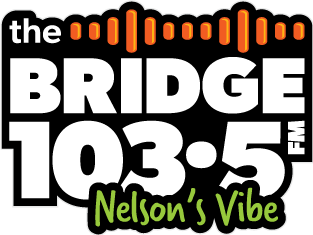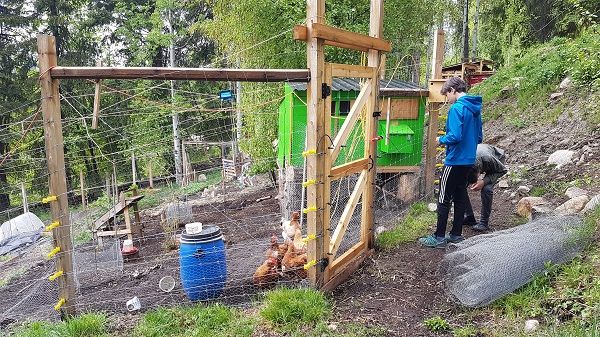RDCK electoral Area F, which includes communities on the north shore of the Kootenay River and Kootenay Lake, may soon be adopting the local conservation fund.
The local conservation fund was adopted by electoral areas A, D and E after a referendum in 2014. Electoral area H joined the fund in 2022 following a referendum as well.
Since its adoption in the four electoral areas, the fund has supported 44 different conservation projects along Kootenay Lake and the Slocan Valley.
Electoral Area F director Tom Newell says the decision to start the process to have the fund adopted in his district Is due to the successful conservation projects other areas were able to achieve.
“Over the eight years plus, we’ve seen the impacts and great projects that have come out of this funding program,” he says.
“We hear more and more that there is a need to really support the lake and streams and when I look at the projects other areas have been able to achieve such as the Harrop wetland restoration and monitoring, the expansion of Cottonwood Lake and the Cottonwood Lake Regional Park, grizzly bear coexistence solutions… all the projects that they have undertaken over the last years are so grassroots, and local,.
“The whole thing is just very well run and as a director for the last nine years, I have seen the success of the program and I’ve seen the results of citizen surveys that have been done by the conservation fund in regard to the public’s perception of the program and basically, they showed acceptance of the concept of contributing to the program.”
He says survey results made him feel comfortable that electors in his area would not oppose joining the program because of how many properties in the area are along the lake.
“I felt comfortable that the electorate in Area F should have the opportunity to join this program and that the program would benefit from it since much of Area F is along Kootenay Lake, and much of it would benefit from it.”
Unlike the four other electoral areas who implemented the program by referendum, Area F is instead going through an alternate approval process to adopt the fund. This means that if less than ten per cent of eligible electors in the area oppose, the process of adoption will move forward.
Director Newell says his decision to move forward with an AAP over a referendum was because of the results electoral Area H had in 2022 when they adopted the program through referendum.
“When Area H did the referendum this past October, their election results were identical to the survey results that had been produced. Around 65 per cent of eligible electors supported the program in the Slocan Valley. Our numbers in Area F were similar, in the high 60s, through the survey process.”
He says another reason to use an AAP was due to the fact that the province wouldn’t allow two separate referendums during the last election.
“We couldn’t do two separate referendums at the last election in October. It would have had to have been one referendum. Both Area H director [Walter] Popoff and I felt that each of the areas should have their own separate decision-making process,” says Newell.
“When I saw the results of the Area H referendum being identical to the survey results, I felt that the survey for Area F would be quite accurate and felt comfortable going to the alternate approval process for this adventure.”
If adoption moves forward and less than ten per cent of electors oppose, property owners, both commercial and residential, will pay $15 per parcel of land annually to contribute to the fund’s conservation efforts.







